P. Zimmerman Raising Funds For Rose Rosette Disease Research
fig_insanity Z7b E TN
2 years ago
last modified: 2 years ago
Featured Answer
Sort by:Oldest
Comments (22)
Seeingreen
2 years agoRelated Discussions
New article on Rose Rosette Disease
Comments (24)The ARS is funding a three year study at the University of Tennessee. Objectives include trying to develop an ELISA test and studying the spread within garden conditions of a garden composed solely of a single cultivar (way out in the country where there are no rose gardens down wind). They have as RRD source plants severely infected plants of the same cultivar. I haven't heard the results of the first year, yet. ----------------- re R. rugosa. Early on, in the garden we followed at Lincoln Memorial University, there was also a plantings of many Pink Grootendorsts near a building that had been the Dairy. They did not get sick for several years as the modern roses planted immediately downwind of multiflora-rich field whose plants were at least 30%infected with RRD. At one time we found some strange swellings on the PG canes, and they made the rounds of a number of Plant Pathologists; no idea what their problem was, but it was just the swelling. Then five or six years in, a plant got two canes that were even more thorny, whose new growth spiraled, whose leaf margins were different and whose blooms were messed up badly. Now I wish I had made scans of the canes, but we were busy with other plases of following the disease as it spread. The problem with the declarations that certain roses don't get RRD is that no one has ever taken the spectrum of all roses species and planted them in different USDA zones and left them in high disease pressure areas for a five to seven year period. What I've seen this winter, when where I live is zone 7 low temperatures, is that the plants with RRD have grown through winter....at least the parts with RRD have. The uninfected canes have gone semidormant. There's so much that we don't know. Here is a link that might be useful: Rose Rosette E-book...See Morehydrogen peroxide for rose rosette?
Comments (14)The new very good rose rosette article From the University of Florida suggests: "The disease somewhat resembles damage caused by herbicides, so diagnosis by PCR for the virus or by presence of the mites is helpful in discriminating between herbicide damage and RRD. " For individuals the expense of a PCR test ($25) is probably too high, but looking for the mites is something I do not remember seeing being suggested before. The presence of the mites, of course, is not definite proof either way; but if they are present, I would be very worried. ------------------------------- My suggestions are (from my link below): "What to do if one finds a suspect growth? If noticed early, a number of papers recommend cutting off (at ground level) the "suspected" cane. A success rate of around 50% is sometimes stated in RRV articles. Some/many RRV articles state that the infection is systemic (as if the virus spreads rapidly throughout the whole plant). It used to be thought that plant viruses in general were systemic. However, recent general virus research indicates that this is NOT the case. I could not find any specific RRV-roses research on this point but the fact that the "cut the cane method" does sometimes work is strong evidence that the infection is not rapidly systemic. The rate of spread may depend on the specific variety of rose (I assume based on how good is its immune system), the time of the year (time of slow growth, low temperature or rapid growth, high temperature). I recommend the recent article by Paul Zimmerman as to how to handle possible RRV infections. http://paulzimmermanroses.com/care/general-care/disease/rose-rosette-disease/ Possible immune system booster. Until controlled scientific studies disprove this "possibility", after cutting off the suspected cane, one could try boosting the immune system of the rose by applying hydrogen peroxide.ÃÂ " http://home.roadrunner.com/~kuska/rose_rosette_disease_virus.htm Here is a link that might be useful: Floridia article...See MoreIs this Rose Rosette Virus?
Comments (126)Maybe we can spray the rrd mites with roundup on their way to the sea! There was a guy at OSH yesterday asking the salesman if roundup would work on mice and rats.... 24...See MoreBermuda grass in raised rose bed
Comments (34)Thank you very much for the information David, but a couple of things aren't clear to me. You wrote, "In the end the 2,4,5 T or 2,4, D are NOT anywhere near as dangerous as the DIOXIN by-product created from making these 'weed-killers'." Well, at least that's good to know. "It" was stopped being made years ago." What 'it' was stopped -- the manufacture of glyphosate? "But by law the stuff made still can be sold until the supply is exhausted." Do you mean the supply of Roundup's active ingredient, glyphosate, will not be made when the supply that was made years ago is exhausted? "The PAN reference I was looking the other day says Scotts stopped in 1996. To still 14 years later have product seems unbelievable so I need to figure out how long ago Ortho was bought out by Scotts because this part still doesn't make sense to me as yet." Does this mean that when the previously made supply of glyphosate runs out Roundup will no longer be available? And that presumably Scott bought up Ortho's supply? BTW, didn't Monsanto spend millions developing plants that were resistant to Roundup so the weeds could be sprayed without it affecting the food crop and called the seeds to those food crops 'Roundup ready'? Why would they do that if the manufacture of Roundup is to be discontinued? I just read this on Monsanto's site: "Roundup® agricultural herbicides are the flagship of Monsanto's agricultural chemicals business. The properties of Roundup agricultural herbicides and other glyphosate products can be used as part of an environmentally responsible weed control program and fit with the vision of sustainable agriculture and environmental" Sorry to be so dense but I really don't understand all this. I didn't even know that Grass b Gone was related to Round Up. I'm not educated in chemistry and thought that the 2,4, numbers, etc. just referred to where molecules attached to one another and not were not necessarily referring to molecules that were related to one another. In other words I thought fluazifop (Grass B Gone) was unrelated to glyphosate (Roundup). But if they are closely related it seems that Roundup would be pulled as well as Grass B Gone. So if anyone can clarify some of this I'd appreciate it. Thanks in advance....See Morefig_insanity Z7b E TN
2 years agofig_insanity Z7b E TN
2 years agofig_insanity Z7b E TN
2 years agolast modified: 2 years agorifis (zone 6b-7a NJ)
2 years agofig_insanity Z7b E TN
2 years agofig_insanity Z7b E TN
2 years agolast modified: 2 years agoportlandmysteryrose
2 years agoPaul Zimmerman Roses Consulting & Design.
2 years agofig_insanity Z7b E TN thanked Paul Zimmerman Roses Consulting & Design.fig_insanity Z7b E TN
2 years agoPaul Zimmerman Roses Consulting & Design.
2 years agosubk3
2 years agorifis (zone 6b-7a NJ)
2 years agofig_insanity Z7b E TN
2 years agoPaul Zimmerman Roses Consulting & Design.
2 years agofig_insanity Z7b E TN thanked Paul Zimmerman Roses Consulting & Design.Paul Zimmerman Roses Consulting & Design.
2 years agofig_insanity Z7b E TN thanked Paul Zimmerman Roses Consulting & Design.
Related Stories
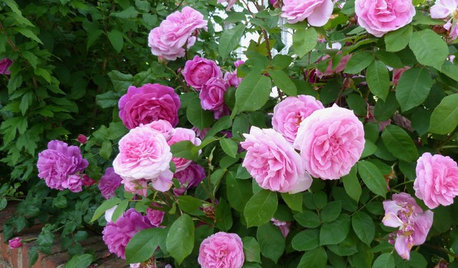
GARDENING GUIDESWhat Kind of Roses Should You Grow?
Want to add the beauty of roses to your garden? Find out which ones, from old-fashioned to modern, are right for you
Full Story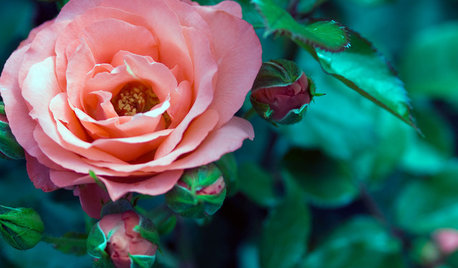
GARDENING GUIDESLearn the Secret to Bigger and Better Roses
Grow beautiful roses using both ordinary and unusual soil amendments
Full Story
LIFEA Caregiver’s Guide to a Supportive Home
A daughter who’s been there shares 9 tips on tailoring a home for a loved one with dementia
Full Story
MOST POPULARYour Guide to 15 Popular Kitchen Countertop Materials
Get details and costs on top counter materials to help you narrow down the choices for your kitchen
Full Story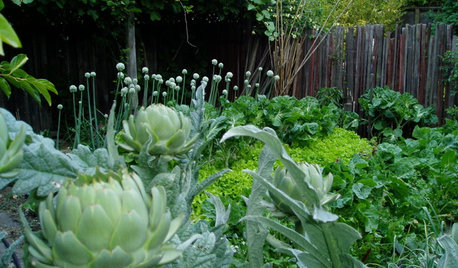
FRONT YARD IDEAS10 Ideas for a Front-Yard Edible Garden Your Neighbors Will Love
Choosing attractive, well-mannered plants and sharing the bounty will go a long way toward keeping the peace
Full Story
PETSSo You Want to Get a Cat
If you're a cat lover, the joys outweigh any other issue. If you haven't lived with one yet, here are a few things to know
Full Story
LANDSCAPE DESIGNHow to Get Started on a Landscape Redesign
Take time upfront to establish your needs, style and budget for a smoother renovation project
Full Story
FUN HOUZZDoes Your Home Have a Hidden Message?
If you have ever left or found a message during a construction project, we want to see it!
Full Story



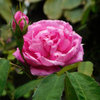

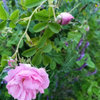
seasiderooftop